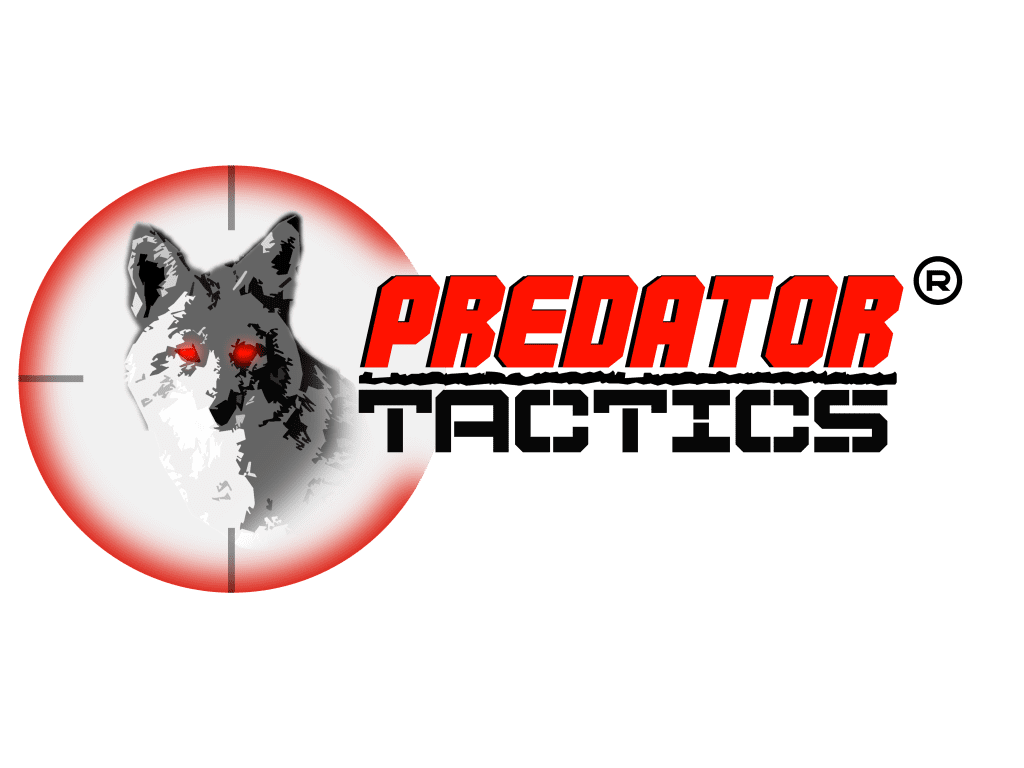Predator Hunting in the Heart of Texas
You can pretty much find any predator anywhere in the state of Texas, but I wanted to share some of the techniques that I have used while hunting predators in the Heart of Texas for the last 20 or so years. I am by no means an expert on the subject but I am willing to share what we do in the Heart of Texas that has worked for us in the past.
DAY CALLING
Day calling here is either really good or really bad. We have hunted from sunup to sundown and not seen a thing, other days we have killed a fox or bobcat on every set. Honestly, I wasn’t a fan of day calling until a few years ago when we just happened to have a really good day. The heat is pretty brutal here, so you have to be dedicated to predator hunt during daylight in the summer months. In choosing a stand to hunt during daylight I would say here in the Heart of Texas is pretty much like anywhere else. You want to hunt areas where the predators frequent, and during the summer, near water is a prime spot for early morning and late in the evening.
Ranching is one of the biggest industries here, and we always have good luck hunting close to livestock, and for some reason near working pens. We have more cedar here than we know what to do with, so I like to sit back in good thick cedar with the wind in my face. The cedar not only provides great concealment, but provides a little free cover scent as well. The other option that we use a lot during day calling is elevated deer stands, which are pretty much located every half mile or so, on the ranches we hunt. The animals around here pay little to no attention to a deer stand and will not think twice to come to a call that is set near a deer feeder, especially the grey fox that are so plentiful here.
We hunt these blinds for two reasons, one is the elevation allows for you to see the predators at a greater distance, and two, you can get away with a little more if the wind isn’t quite right, or you are hunting with someone who might make a little more noise than you. Day sets that we make out of deer blinds seem to produce more animals than hunting from the ground, and most of the time the predators never look up, rather look ground level focused on the call and decoy.
NIGHT CALLING
In Texas, I’m not sure that you can find any predator hunter that hasn’t hunted from a high rack. In West Texas the taller the better, however around here it can create a serious problem, because Live Oak trees are pretty unforgiving and can tear a rack up pretty quick. We have our racks built with the base pretty much level with the top of the truck and the rail three or four feet above that. I haven’t met many ranchers that won’t let you predator hunt on their property, but I haven’t met any that trim the live oaks to accommodate a rack, so we have to do some maintenance yearly. We normally hunt out of the rack with three people, two shooters, and one running the call and predator light. Use of a gun mounted predator hunting lights like the Coyote Reaper from Predator Tactics, makes it pretty easy to knock down a double, which is pretty common with the Grey Fox.
TYPES OF CALLS
We have really good luck year round on Fox and Bobcat with distress sounds, I use an electronic caller most of the time and pretty much use these three as a staple.
Cottontail Duet:
We have used this call since high school when it was on cassette. We called and killed more fox, and cats than I can count, with the old boom box, sitting on a five gallon bucket in the bed of a pickup and back when predator hunting lights aren’t nearly what they are today. We still use this sound today but in the digital form.
Yellow Hammer Wood Pecker:
Bobcat in this area can hardly resist it and switching to this in the event that a fox hangs up brings them in almost every time.
Grown Cotton Tail:
It’s just another sound that works great here and seems to bring a hungry coyote charging in while being lit up from my gun mounted predator light.
I have buddies that have different brands of calls, and they work here as well, but I don’t leave the house without my tried and true e-caller. We do have coyotes around here and the few that we do get to come to a call, are mostly from distress sounds in the winter and vocals during the summer months. Unfortunately, the coyotes here have a guardian angel, called the grey fox that is almost sure to come to the call very quickly and not many people pass up shooting a grey (the landowners might not let you come back if they find out you don’t shoot them) when they come charging in thirty-seconds after the call turns on and your still adjusting the beam from your predator light for that particular set.
I hope this is worth the read and it helps you out if you find yourself in the Heart of Texas chasing some predators in the future.
Brent Frazier, Predator Tactics Field Staff
